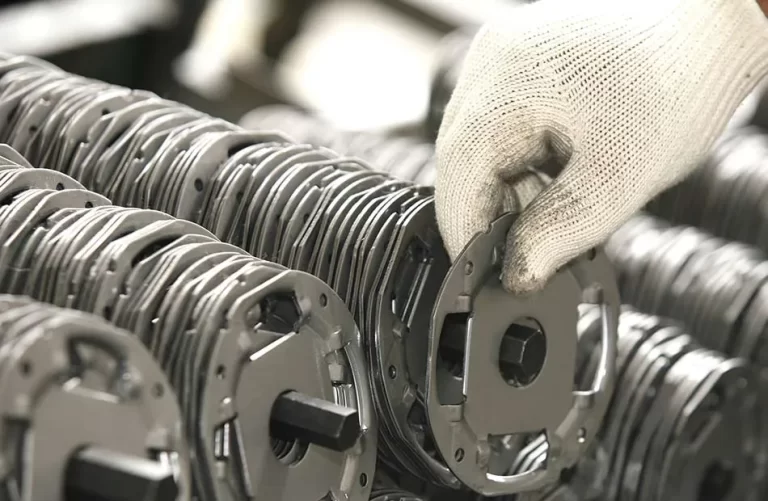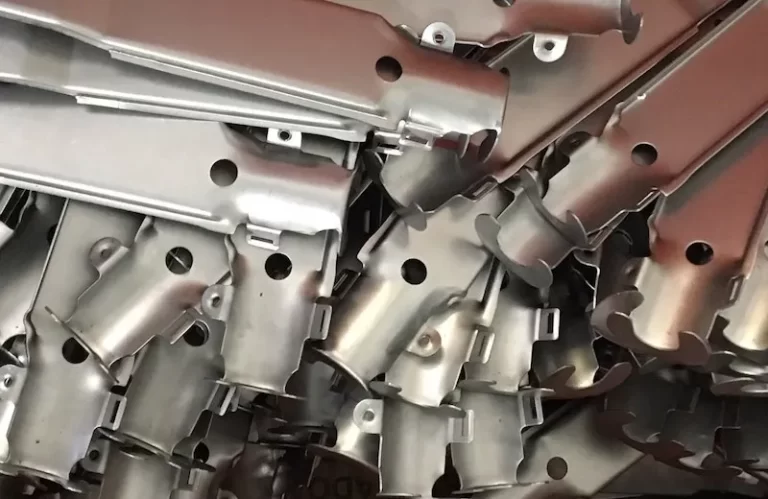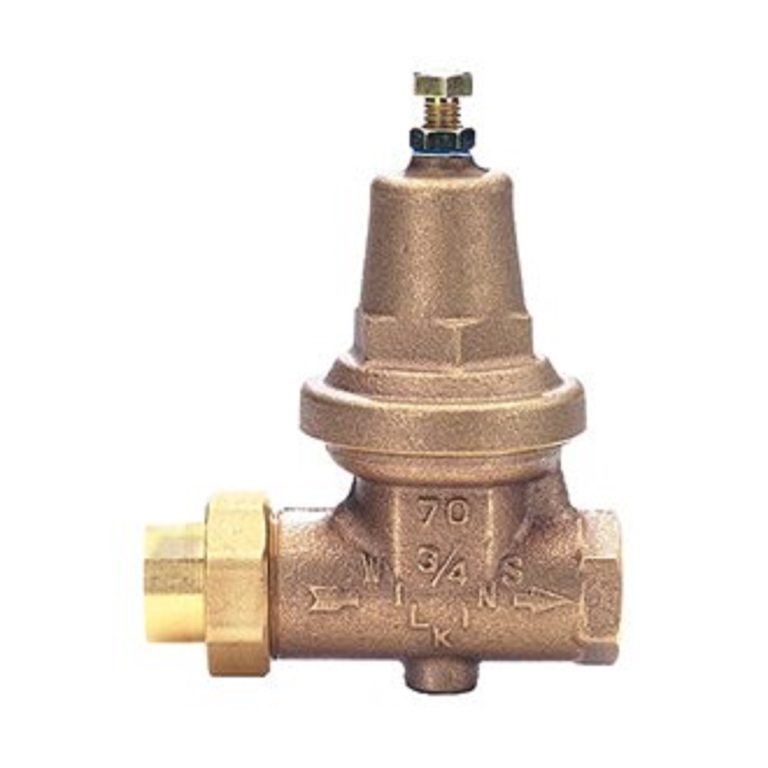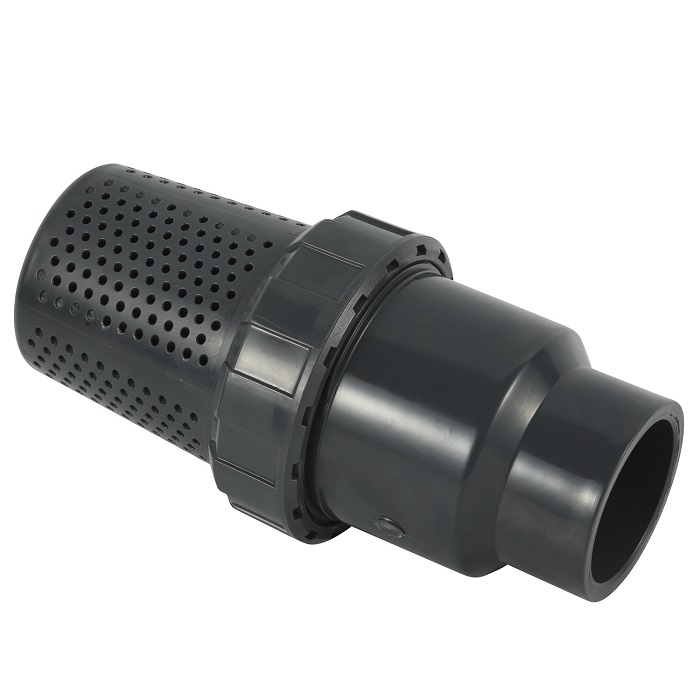Mastering the Basics: A Comprehensive Guide to Valves and Their Applications
In the vast landscape of industrial equipment, valves stand as unsung heroes, silently controlling the flow of liquids, gases, and even solids in various systems. This comprehensive guide explores the intricacies of valves, shedding light on their functionalities, applications, and their relevance in diverse industries.
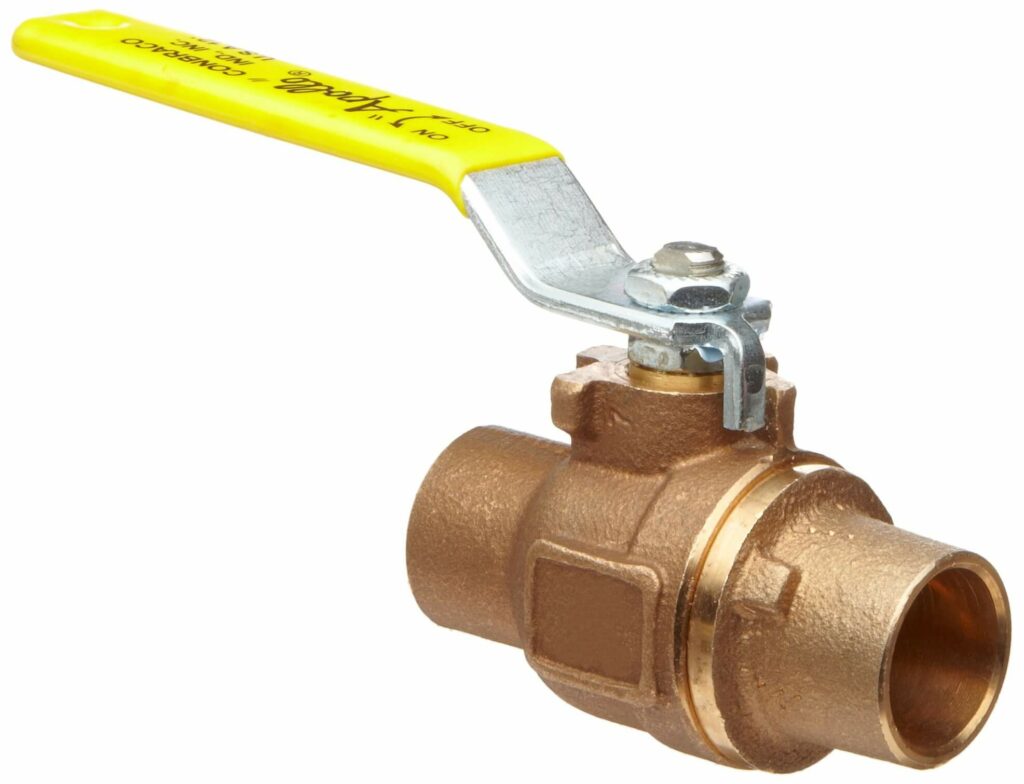
What is a Valve and How Does it Work?
A valve is a mechanical device designed to regulate, control, or direct the flow of fluids (liquids, gases, or slurries) by opening, closing, or partially obstructing various passageways. Valves operate through a straightforward mechanism: they have an opening and a closing element that can be manipulated to control the flow.
What are the Different Types of Valves and Their Applications?
Valves come in various types, each tailored to specific applications:
– Ball Valves: Suitable for on/off control in applications like water supply and gas pipelines.
– Gate Valves: Ideal for full flow control, commonly used in large-diameter pipelines.
– Check Valves: Prevents backflow, crucial in preventing damage to pumps and compressors.
– Butterfly Valves: Offers quick shut-off, commonly used in large-scale industries like HVAC systems.
Where are Valves Commonly Used?
Valves find applications in numerous industries, playing a pivotal role in:
– Oil and Gas Industry: Controlling the flow of oil and gas in pipelines.
– Water Treatment Plants: Regulating the flow of water and chemicals.
– Pharmaceuticals: Precise control in pharmaceutical manufacturing processes.
– Chemical Industry: Managing the flow of various chemicals in production.
How does Geotextile Play a Role in Valve Applications?
Geotextile, a versatile synthetic material, finds application in conjunction with valves in infrastructure projects. When used as a protective layer in valve installations, geotextile helps prevent soil erosion, provides additional stability to the surrounding ground, and ensures long-term durability. This is particularly crucial in areas where soil conditions are challenging or prone to erosion.
Unveiling the Power of Valves
Valves may seem like simple components, but their impact on industrial processes and infrastructure development is immeasurable. Understanding the different types, their applications, and the synergies with materials like geotextile unlocks the potential for efficient, safe, and sustainable operations across various industries. As industries evolve, the role of valves, coupled with innovative materials, continues to be indispensable in shaping a fluid and controlled future.

